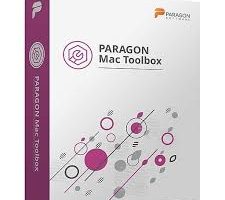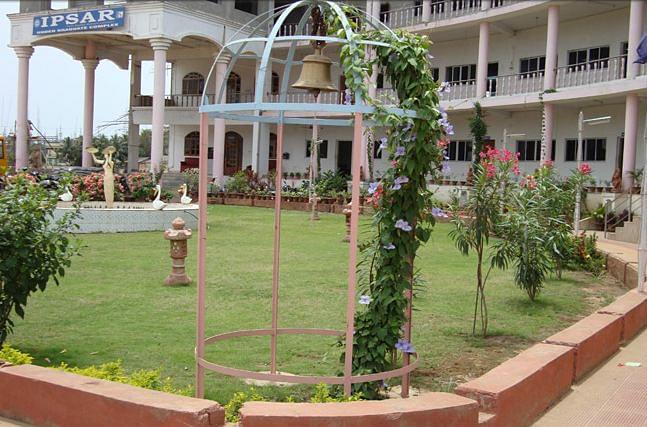Abstract
Context menu in file-open/save dialogs on x64 OS. On x64 versions of Windows 7 and 8, the TortoiseSVN context menu and overlays won't show for 32-bit applications in their file-open/save dialogs until you install the 2017 C-runtime for x86. Download StudyGe - Geography, capitals, flags, countries 1.7.7 APK - StudyGe is an app that helps users expand their knowledge of geography, explore.


Studies 1.7.7 Download Online
The surface species produced on Si(1 1 1)7 7 and vitreous SiO2 surfaces by ion irradiation in CF4 and in CH2F2 at 50 eV impact energy have been investigated by electron energy loss spectroscopy (EELS), thermal desorption spec-trometry (TDS) and low energy electron diffraction (LEED). In particular, the reaction layer for Si(1 1 1)7 7 ion-irradiated in CF4 is characterized by the presence of Si–C stretching, Si–Fx (x 1–3) stretching and bending modes, while ion irradiation in CH2F2 introduces additional C–H stretching mode. For both cases, the absence of C–F stretching feature in the corresponding EELS spectra indicates that CFx (x 1–3) surface species do not present in any appreciable amount. These EELS results are consistent with the TDS data, which shows that SiF4 is the major de-sorption product and desorption products such as CFx (x 1–3) are not observed. Ion irradiation of Si(1 1 1)7 7 in CF4 or CH2F2 at low impact energy therefore produces SiC and SiFx (x 1–3) as the primary surface products, while additional CH species is found in the latter case of ion-irradiation in CH2F2. When the oxidized surface instead of the 7 7 surface of Si(1 1 1) is used as the substrate, ion irradiation by the same dose of fluorocarbon ions appears to enhance the deposition of SiFx but reduce the amount of SiC species, which provides evidence for recombination re-action of surface O with surface C to form gaseous CO or CO2, leaving behind more F to interact with the Si substrate atoms. The corresponding TDS data suggests that the OCF radical may also be one of the minor desorption products.

